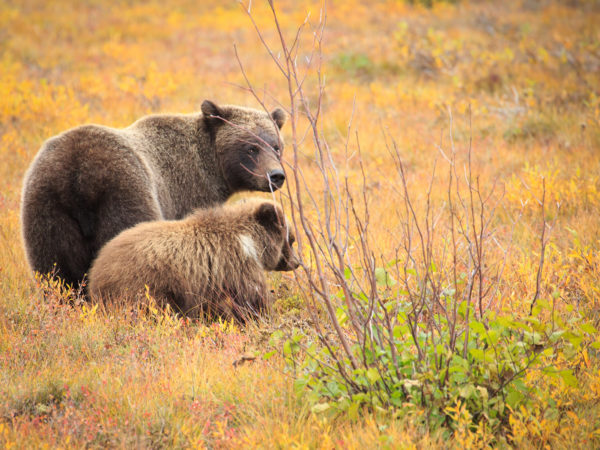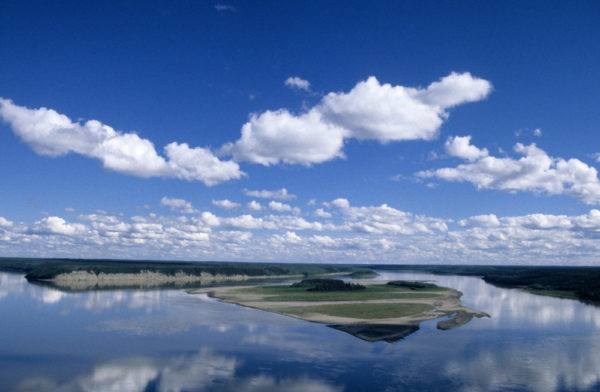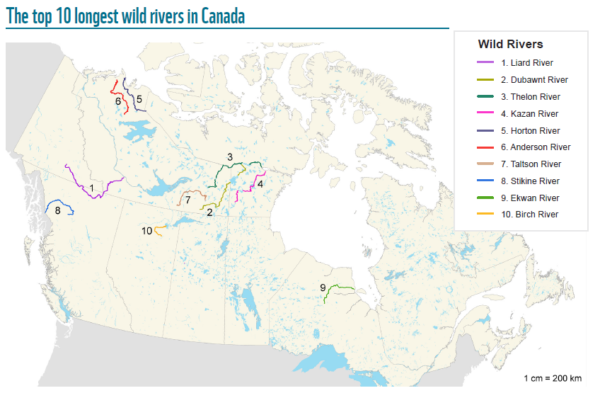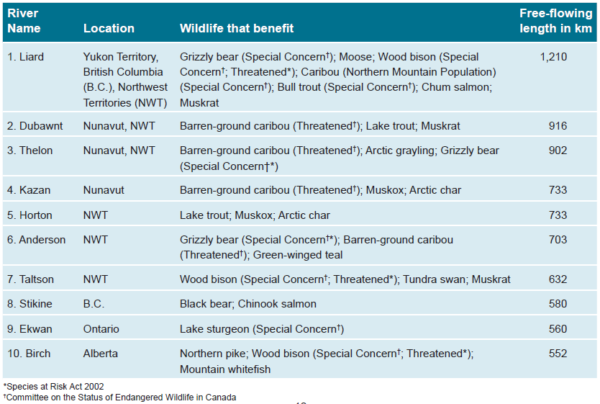Canada’s top 10 wild rivers identified for first time
For those living in southern Canada, it may be hard to picture wild rivers. Those that run for hundreds, even thousands of kilometers, unencumbered by dams and relatively unchanged from its natural state. To imagine lake sturgeon trekking prehistoric routes in these ancient highways, a salmon returning to spawn after seven years at sea, thousands of caribou crossing at the same river reach during annual migration, or even generations of families fishing the same hole year after year.
As hard as it may be to picture these rivers. They exist. They are irreplaceable and priceless. And we have identified, for the first time ever, Canada’s longest wild rivers – to bring attention to our unique global endowment and the need for better watershed protections.

Canada’s 10 longest wild rivers are:
- The Liard River, spanning Yukon Territory (YT), British Columbia (BC) and Northwest Territories (NWT), is the longest of Canada’s wild rivers at 1,200 km.
- The Dubawnt River, spanning Nunavut Territory (NT) and NWT, supports Threatened barren-ground caribou herds.
- The Thelon River (NT and NWT) is in an ecosystem known as an “Arctic Oasis” meaning it supports a unique mix of Arctic and Boreal species.
- The Kazan River (NT) plays an important role in the migration of the Kaminuriak caribou herd
- The Horton River (NWT) supports lake trout and Arctic Char that are important to local communities.
- The Anderson River (NWT) supports grizzly bear and caribou populations.
- The Taltson River (NWT) supports wood bison and tundra swans.
- The Stikine River (BC) supports Chinook salmon
- The Ekwan River in Ontario supports a lake sturgeon population that is listed as Special Concern
- The Birch River in Alberta flows through Wood Buffalo National Park, a region home to the biggest free-roaming buffalo herds in the world.
These wild rivers are like wilderness areas for a rich diversity of wildlife. They allow nutrients and species to flow freely from one end to the other, providing nourishment for wildlife and communities alike. These rivers are important for people, too, not just as source of food, but as driver of local economies and for some, a source of spiritual and cultural well-being. Today, in the Anthropocene, as climate change forces the migration of wildlife into different environs in search of suitable temperatures and sufficient food, these wild rivers have a new, vital role.

Despite their ecological value and support for local economies and community well-being, the current patchwork of provincial and territorial protections and the absence of federal ones leave wild rivers vulnerable to development that doesn’t maintain the flow or health of the river. Communities often don’t have the baseline information about the health of the river and the stressors the watershed is facing necessary to make evidence-based decisions about development proposals.
We don’t want Canada’s majestic wild rivers – national treasures – to diminish. We want them to retain their wildness, to continue to be refuges and “highways” and sources of nourishment, economic and spiritual value
Find out more about Canada’s top 10 wild rivers.


